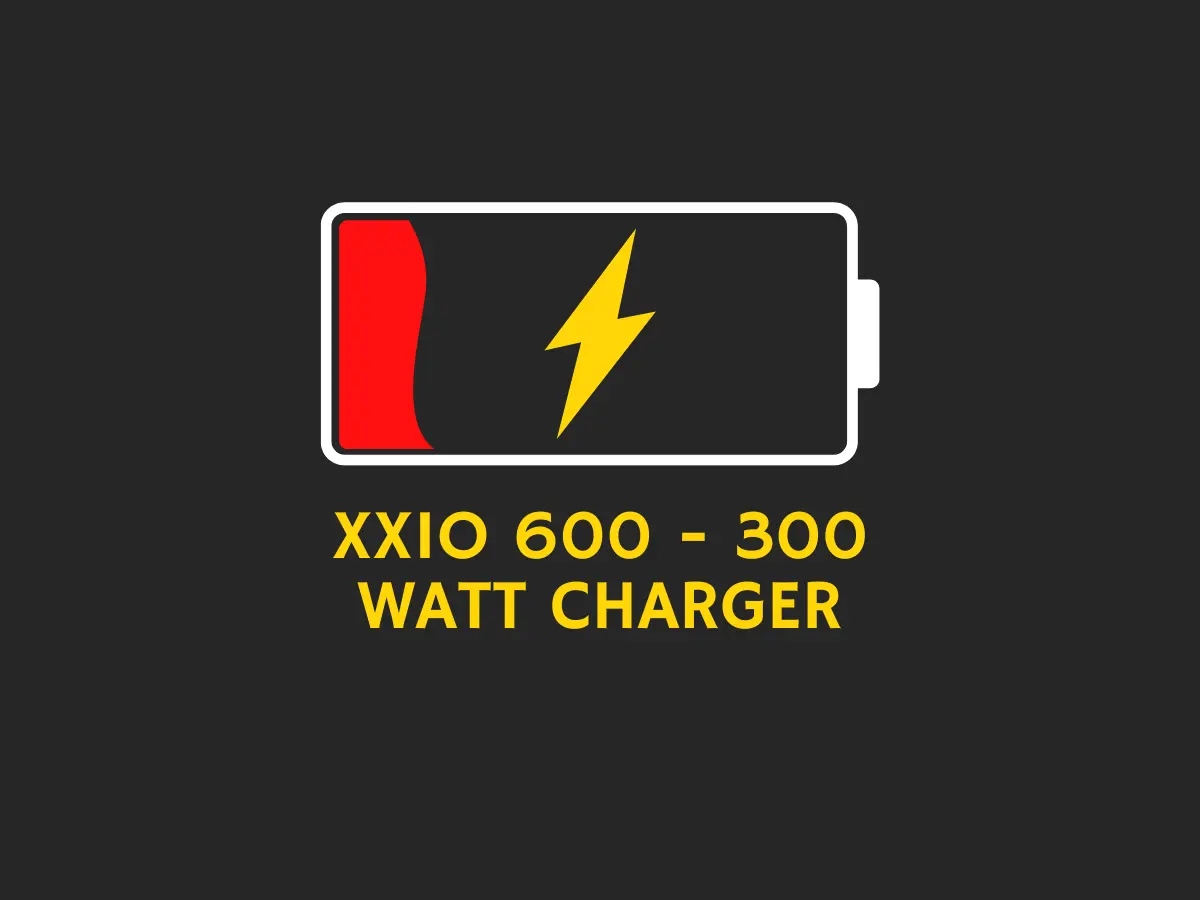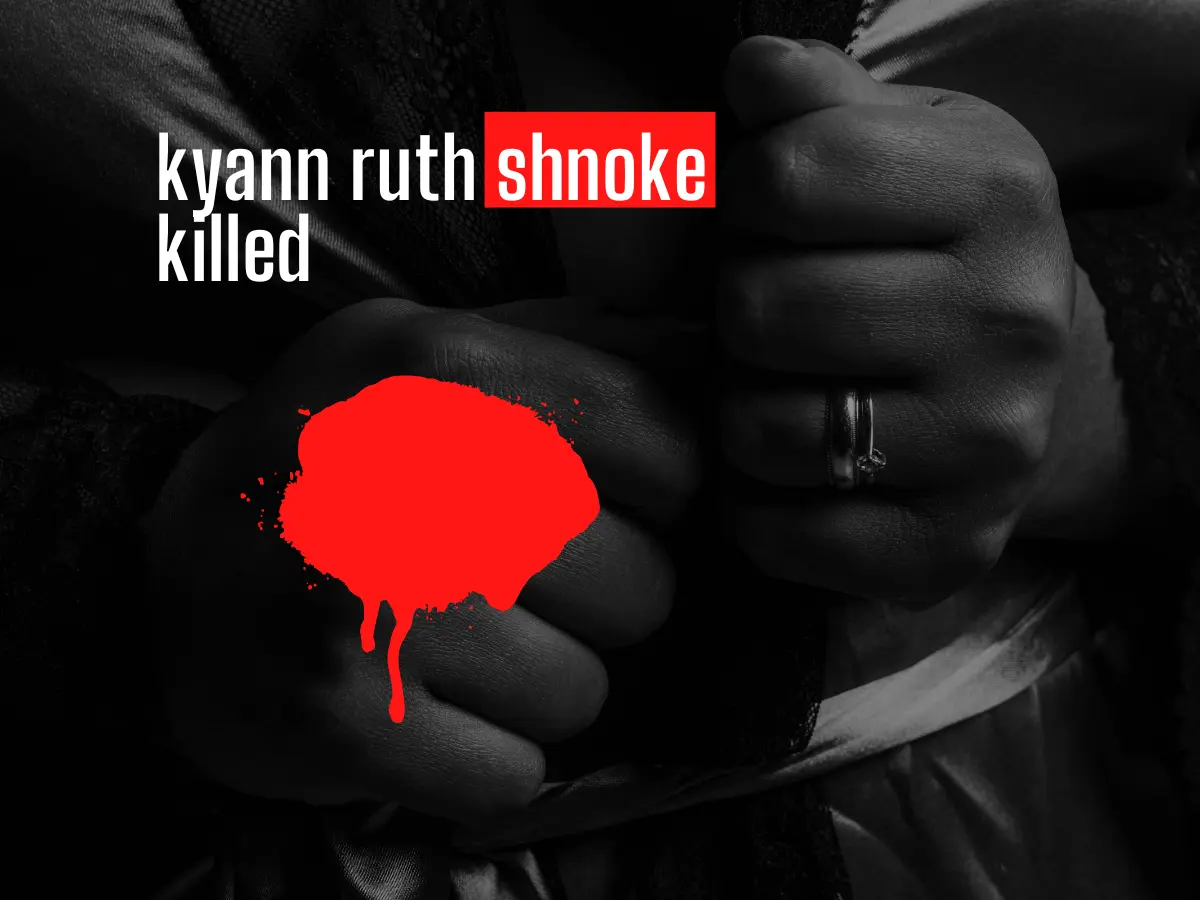Becomes Bubbly as Beer: The Science and Art Behind Carbonation
Beer is a beloved beverage worldwide, and one of its most delightful features is its effervescence. The bubbles in beer are more than just a fizzy characteristic—they’re a fundamental aspect of what makes beer enjoyable and unique. In this article, we’ll explore the science of carbonation, the role of bubbles in beer, and how carbonation affects the overall drinking experience. We’ll also delve into the art of brewing and how brewers achieve that perfect fizz. Whether you’re a casual beer drinker or an aspiring homebrewer, understanding carbonation can deepen your appreciation of this age-old beverage.
The Science of Carbonation
Carbonation is the presence of dissolved carbon dioxide (CO2) gas in a liquid, creating bubbles when the pressure is released. This process is central to many carbonated beverages, including beer, soda, and sparkling water. But how does carbonation work, and why is it so integral to the beer experience?
1. Carbon Dioxide and Pressure
Carbon dioxide is a gas that dissolves more readily under pressure. In brewing, CO2 is added to beer either naturally during fermentation or artificially before packaging. During fermentation, yeast consumes sugars and produces CO2 as a byproduct. This CO2 dissolves into the beer, and as fermentation progresses, the beer becomes naturally carbonated.
2. How Carbonation is Achieved
There are two primary methods of carbonation in beer production:
- Natural Carbonation: As mentioned, this occurs during fermentation when yeast produces CO2. After the primary fermentation, the beer is often conditioned in a sealed container, allowing the CO2 to dissolve fully into the liquid.
- Forced Carbonation: This involves adding CO2 directly to the beer before packaging. This method is often used for consistency and control over the carbonation level. CO2 is pressurized and infused into the beer, creating the desired level of effervescence.
- Measuring Carbonation
Carbonation levels are measured in volumes of CO2. One volume of CO2 means that one liter of beer contains the same volume of CO2 gas at standard temperature and pressure. Typical beers have carbonation levels ranging from 1.5 to 2.5 volumes of CO2. Lighter beers may have higher carbonation to enhance their crispness, while heavier beers might have lower carbonation for a smoother mouthfeel.
The Role of Bubbles in Beer
Bubbles are more than just a visual or tactile feature; they play a crucial role in how we experience beer.
1. Aroma Release
One of the most important functions of carbonation is the release of aromas. When you pour a beer, the bubbles help release volatile compounds from the liquid, which then rise to the surface. This release of aromatic compounds enhances the beer’s bouquet, allowing you to experience its full range of flavors and aromas. The effervescence helps carry the scent to your nose, enhancing the overall sensory experience.
2. Mouthfeel and Texture
The bubbles in beer contribute to its mouthfeel and texture. Carbonation creates a tingling sensation on the tongue, which can add a refreshing quality to the beer. The fizz can also affect the perceived thickness or lightness of the beer, influencing how it feels as you drink it. For example, a highly carbonated beer might feel lighter and more effervescent, while a beer with lower carbonation could have a smoother, creamier texture.
3. Flavor Perception
Carbonation can influence the perception of flavors. The bubbles can accentuate certain taste sensations, making the beer taste more lively or sharp. For example, the acidity and bitterness in a pale ale can be highlighted by higher carbonation, while a stout with lower carbonation might emphasize its smooth, roasty flavors.
The Art of Carbonation in Brewing
Brewing is as much an art as it is a science, and mastering carbonation is a key aspect of crafting a great beer. Here’s how brewers fine-tune carbonation levels to create their desired beer profile:
1. Recipe Formulation
Brewers carefully design their recipes to account for carbonation. Ingredients like malt, hops, and yeast are selected not just for their flavor contributions but also for how they interact with carbonation. The balance between sweetness, bitterness, and carbonation is crucial for achieving the desired beer style.
2. Fermentation Management
Controlling fermentation is essential for natural carbonation. Brewers manage fermentation temperatures, yeast health, and fermentation time to ensure that the right amount of CO2 is produced. A well-managed fermentation process will result in a beer with a consistent and desirable level of carbonation.
3. Carbonation Adjustments
For forced carbonation, brewers use precise measurements to add the correct amount of CO2. They may use carbonation charts or calculators to achieve the perfect level of fizz. This process involves chilling the beer to increase CO2 solubility and then carbonating it under controlled conditions.
4. Packaging Considerations
The packaging method can also impact carbonation. Bottled beers often use a cap to seal in the CO2, while draft beers are typically carbonated in kegs with a CO2 tank. The choice of packaging affects how the beer retains its carbonation and how the bubbles are perceived when poured.
Carbonation and Beer Styles
Different beer styles call for different levels of carbonation. Here’s a look at how carbonation varies across various types of beer:
1. Lagers
Lagers are typically highly carbonated, which contributes to their crisp, refreshing quality. The clean and smooth profile of lagers is enhanced by the bubbles, which help to highlight their subtle flavors.
2. Ales
Ales can vary widely in carbonation levels. Light ales, like pale ales, often have moderate to high carbonation, enhancing their hoppy characteristics. On the other hand, darker ales, such as stouts and porters, usually have lower carbonation to emphasize their rich, complex flavors.
3. Wheat Beers
Wheat beers are known for their higher carbonation, which complements their fruity and spicy flavors. The extra fizz helps to highlight the refreshing qualities of these beers and enhances the overall drinking experience.
4. Belgian Beers
Belgian beers often have higher carbonation levels, which contributes to their lively and effervescent character. The bubbles help to release the complex aromas and flavors typical of Belgian styles, making each sip a unique experience.
Troubleshooting Carbonation Issues
Sometimes, issues can arise with carbonation. Here are a few common problems and how to address them:
1. Flat Beer
Flat beer is a sign that it’s lost its carbonation. This can happen due to poor sealing in bottles or kegs, excessive temperature changes, or extended storage. Ensuring proper packaging and storage conditions can help maintain carbonation levels.
2. Over-Carbonation
If a beer is overly fizzy, it can be uncomfortable to drink and may cause excessive foaming. This can result from too much CO2 during forced carbonation or from secondary fermentation in the bottle. Adjusting the carbonation levels during brewing and packaging can prevent this issue.
3. Under-Carbonation
Under-carbonated beer may taste flat and lack the refreshing quality typically associated with carbonated beverages. This can occur due to insufficient CO2 during fermentation or packaging. Ensuring proper fermentation management and carbonation adjustments can resolve this problem.
Also read this: Understanding m0therearf: How It Works Explained
Conclusion
The bubbles in beer are much more than just a fun visual effect—they are a key component of the drinking experience. From enhancing aromas and flavors to contributing to mouthfeel and texture, carbonation plays a crucial role in what makes beer so enjoyable. By understanding the science and art of carbonation, you can better appreciate the craftsmanship behind each brew and even experiment with your own homebrewing projects. So, next time you pop open a cold one, take a moment to savor the effervescence and all that it brings to your beer experience. Cheers!














Post Comment